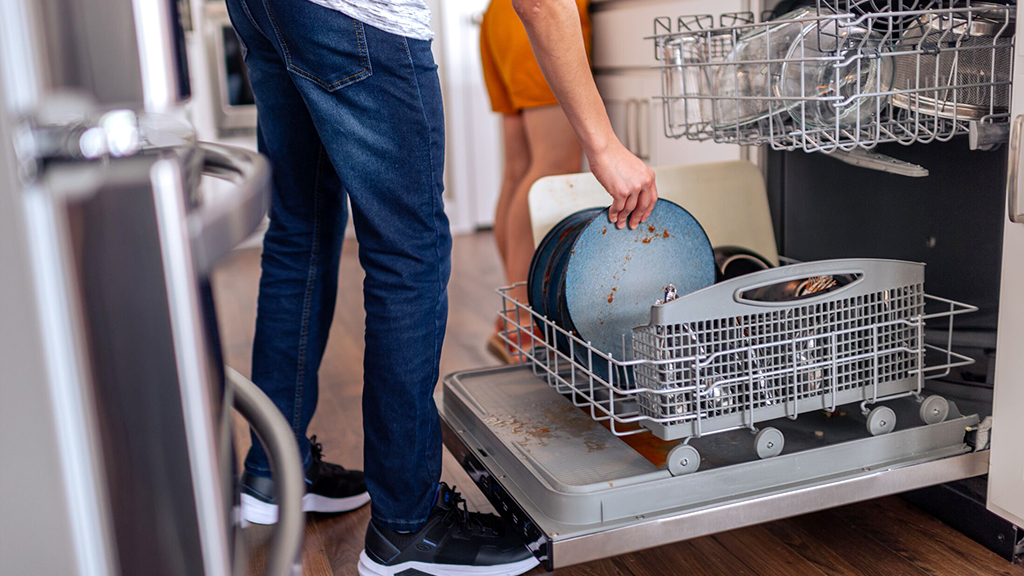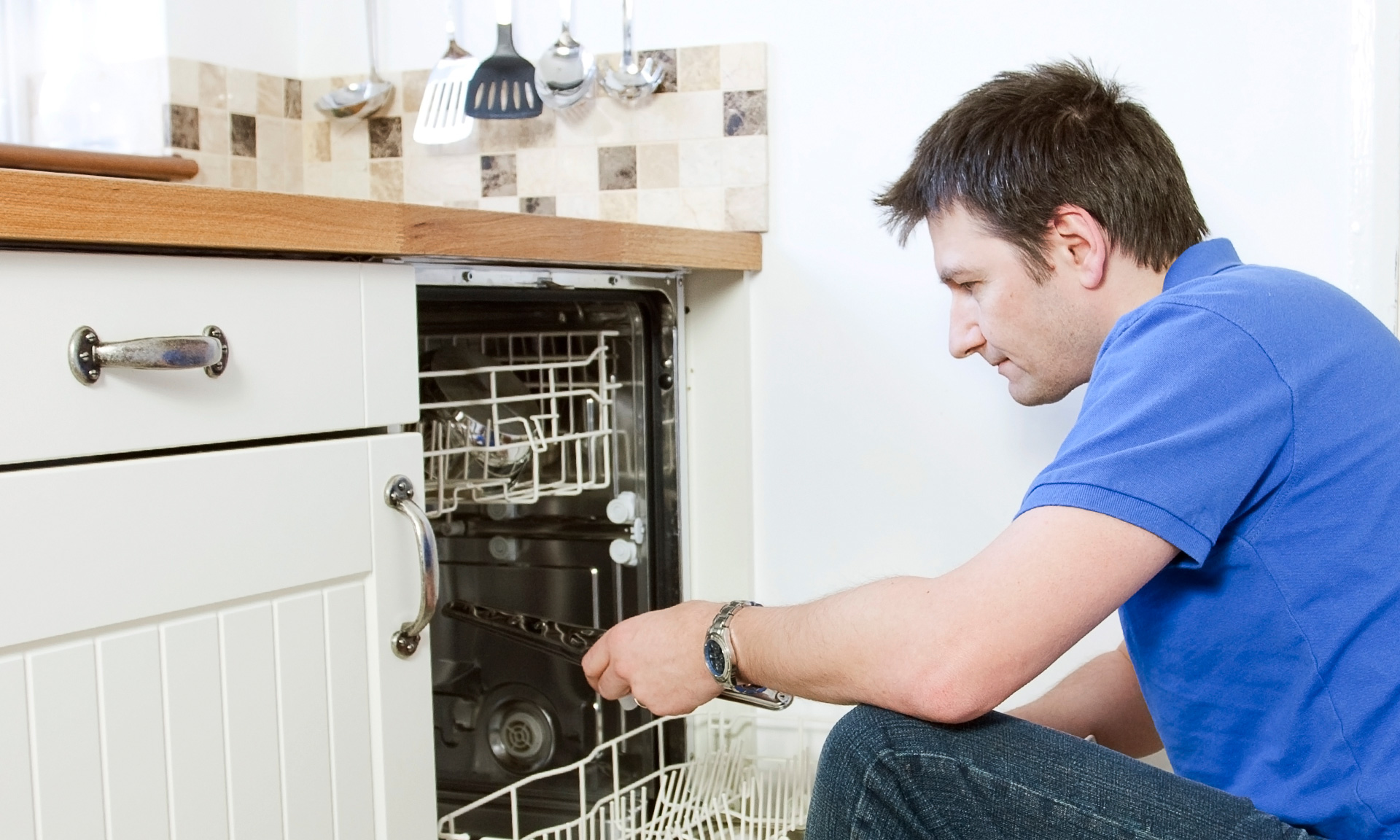Before Dishwasher Installation: Six Important Readiness Actions You Shouldn't Overlook
Before Dishwasher Installation: Six Important Readiness Actions You Shouldn't Overlook
Blog Article
The writer is making several good points about How to Prepare for Your Dishwasher Installation as a whole in the content below.

Dealing with a brand-new dish washer right into your residence is no tiny joke, specifically if you're purchasing the device online. Naturally, we recommend that you deal with your plumber due to the fact that they are specialists at dish washer setup. And also, we've done this prior to so we can prevent little mistakes that can create a lot of pain in the long run.
The six hacks will certainly make your dishwasher setup as smooth as feasible.
Find the electric resource
Prior to inviting your plumbers over, see to it that there is a power electrical outlet near to your recommended dishwasher area. If there isn't, you might need to run a cord to that place. These little mistakes can make or mar your experience, so you would do well to examine in advance.
You can utilize this chance to examine that your kitchen area has an independent control so that you can shut off the cooking area's power simultaneously while appreciating power in the rest of your house. This straightforward component can stop numerous accidents and save you some money.
See to it the components are total
If you're getting a low-cost dishwasher, opportunities are that the parts aren't complete. You can inspect the details provided concerning the product to validate. If it isn't, you might need to shop for get rid of your plumber. Check for a consumption hose pipe, a power cord or perhaps a vapor nozzle.
There is a substantial possibility of getting dissimilar parts, so consult someone with a lot of experience, in other words, your emergency plumbing professionals.
Check your water shut-off shutoff
Your dishwasher will have its own link. It may be connected to your kitchen area sink's supply, or it may have its own fixtures from your primary. Nevertheless, you need to recognize that you can control the water that supplies your brand-new dish washer.
While planning for the setup, switch off all connections to the cooking area. This can avoid accidents and also interruptions.
Examining your shut-off shutoff prior to your plumber shows up can additionally prevent you from unforeseen investings since you can't link a new dishwasher to a damaged shut off valve.
Additionally make sure that there are no cross connections that can prevent your dishwashing machine from getting hot water.
TOOLS
Obtain the best measurements.
It is extremely vital that your dishwasher suits completely with the remainder of your kitchen area appliances. Before you position an order for the dishwasher, take a tape measure and also step front the top of the kitchen area table to about an inch off the flooring. This is a common error many individuals make. If you gauge from the top of the table to the floor, your dishwashing machine might be an inch higher than the table when it arrives.
Also, take the outcropping into account. European and also American dish washers have various thicknesses, so constantly consult your plumber.
Talk about positioning.
The most effective area to repair your dishwashing machine is right beside your sink, or below it. The farther your dish washer is from your sink, the much less functional the style. If you have any type of aesthetic goals for your dishwasher, speak to your plumber regarding them. Constantly connect with your plumber.
How To Install A Dishwasher
Installing A Dishwasher Yourself
Just like other home appliances, a dishwasher helps to make chores less time-consuming and free of hassle. Most modern kitchens have a dishwasher or a cabinet space for dishwasher installation built into them. An older kitchen with no dishwasher or cabinet space for one might require a little reconstruction to accommodate dishwasher installation.
Installing a dishwasher requires basic knowledge of plumbing and electrical wiring. This article contains the steps involved in dishwasher installation, dishwasher installation tips, things to consider when installing a dishwasher in a kitchen that previously had no dishwasher in it, and tips for maintaining a dishwasher.
Step One: Gather the Necessary Supplies
Gather all the required items and keep them near the installation site for easy reach. The materials and tools you will require include the following:
A screwdriver • A hose clamp • Duct tape (optional) • A brass fitting • Teflon tape • A pair of pliers • An adjustable wrench • A drill • Braided steel water line • A pair of rubber hand gloves (optional) • Wire nuts Take Safety Measures
First, turn off the power socket and unplug the power cord if it is a plug-in dishwasher. Then, proceed to turn off the circuit breaker. Next, turn off the hot water shut-off valve under the kitchen sink and run the tap to ensure the water supply is shut off. Protect your kitchen floor close to the installation area with an old rug or a piece of drop cloth.
Remove the Old Dishwasher
This step only applies if your kitchen has an old dishwasher that you want to replace. Remove the cabinet door to gain complete access to the old dishwasher. Next, remove the cover of the access panel located at the bottom front side of the dishwasher. Locate the junction box inside the access panel.
Now, unscrew the terminal screws holding the wires in place at the junction box. Then, remove and tuck the wires out of the way with duct tape. Locate the dishwasher water inlet tube, undo the brass fitting and disconnect the water supply pipe from it. Put the disconnected end of the water supply line pipe into a bucket or bowl to collect any water remaining in it.
Reach down beneath the sink to undo the drain hose. Loosen, then clamp and disconnect the drain hose of the dishwasher from the tailpiece of the sink. Next, put the disconnected end of the drain hose into a bucket to collect the water and debris.
With all the connections out of place, remove the screws holding the dishwasher in place with a screwdriver, gently pull the dishwasher out from the cabinet and set it aside. You can use a piece of cloth or towel to clean up the mess made or any water spillage on the floor. Also, clean the cabinet where the old dishwasher was before installing a new one.
Skip this step if you are having a dishwasher installed for the first time in your kitchen.
Install the New Dishwasher
Carry your new dishwasher unit close to the area of installation. Unpack it and go through the user manual. Lay the dishwasher on its back so the bottom is exposed and accessible.
Connect the Water Supply
Wrap Teflon tape on the tip of the water inlet pipe located at the bottom of the dishwasher. Screw on the 90 degrees brass fitting to the taped inlet pipe and tighten it with an adjustable wrench. Most dishwasher units do not include a brass fitting, but they are available at hardware stores.
Once you have the fitting, connect the new water supply line to the elbow of the brass fitting. Pass the other end of the waterline through one of the cabinet holes and place it on the floor beneath the kitchen sink.
Attach the Drain Line
Locate the dishwasher drain standout pipe, connect the drain line to the dishwasher, and secure the connection with a hose clamp. Pass the other end of the drain line through the cabinet hole and place it towards the sink drain tailpiece.
Slide the Dishwasher into Place
Attach the adjustable legs to the front of the dishwasher. Carefully slide the dishwasher under the countertop into the cabinet. Stop halfway and ensure everything is in a good position before sliding it in completely. Finish hooking up the water line by connecting the other end to the dual shut-off valve located under the kitchen sink.
Proceed to connect the drain hose through an air gap to your garbage disposer, if you have any, or to the drain tailpiece of your sink. If you do not have an air gap, make a high loop with the drain hose before connecting it to the garbage disposal or the sink drain tailpiece.
Hook-up the Electrical Wires
Remove the cover of the access panel and unscrew the cover plate of the junction box. Connect the wire from the circuit breaker to the wire at the junction box. Next, connect the white wire to the white wire at the junction box, the black to the black, and the green wire to the ground wire.
Use wire nuts to secure the connection tightly in the junction box. Screw back the cover plate of the junction box and close the access panel. Skip this step if your new dishwasher has a power cord wired to it at the manufacturing factory.
https://www.movementplumbing.com/blog/how-to-install-a-dishwasher

I found that review about How to Prepare for Your Dishwasher Installation while exploring the web. So long as you enjoyed our post please make sure you remember to pass it around. I value reading our article about What to Know Before Installing a Dishwasher.
Dial, we'll handle! Report this page